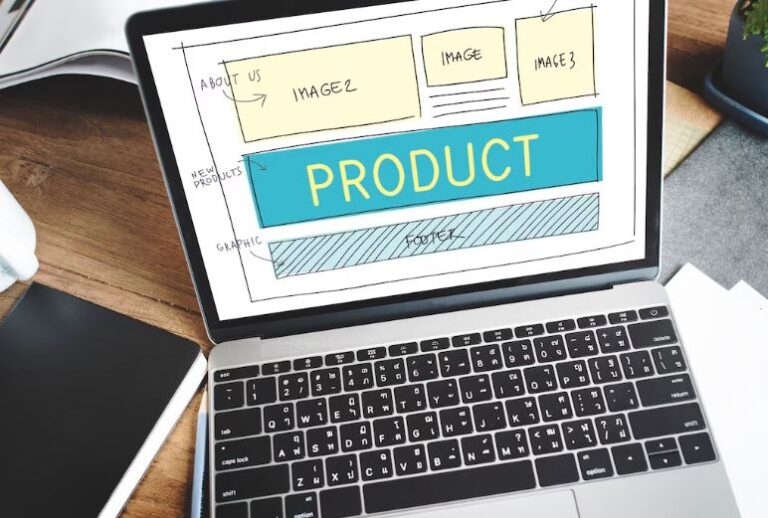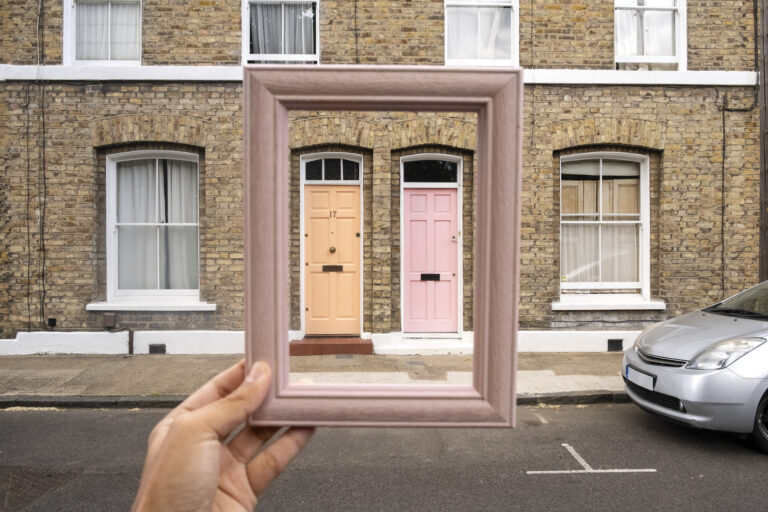Introduction
India’s ambitious urban and rural development goals are deeply rooted in the vision of inclusive growth. One of the flagship initiatives supporting this vision is the Pradhan Mantri Awas Yojana (PMAY), launched in 2015 with the objective of “Housing for All” by 2022. Through this scheme, the government aims to provide affordable housing to millions of families across urban and rural India, thereby improving living standards and stimulating the real estate and construction sectors.
Understanding Pradhan Mantri Awas Yojana
The Pradhan Mantri Awas Yojana is divided into two broad categories:
- PMAY-Urban (PMAY-U): Focuses on housing needs in urban areas.
- PMAY-Gramin (PMAY-G): Targets rural populations.
Key Features of PMAY
- Central assistance for eligible beneficiaries to construct or upgrade houses.
- Focus on Economically Weaker Sections (EWS), Low-Income Groups (LIG), and Middle-Income Groups (MIG).
- Interest subsidies under the Credit Linked Subsidy Scheme (CLSS).
- Eco-friendly construction technologies to support sustainable housing.
- Digital platforms for transparent beneficiary selection and direct fund disbursement.
Impact of PM Awas Yojana on India’s Socio-Economic Landscape
The PM Awas Yojana has significantly transformed India’s housing ecosystem:
- Urban Segment (PMAY-U):
- Over 1.2 crore houses sanctioned
- Over 70 lakh houses completed and handed over
- Over 1.2 crore houses sanctioned
- Rural Segment (PMAY-G):
- Facilitated the construction of over 2.9 crore homes
- Facilitated the construction of over 2.9 crore homes
Wider Socio-Economic Benefits
- Job creation in construction and allied industries
- Increased demand for building materials, boosting small and medium enterprises
- Promotes women’s empowerment by encouraging homeownership in the name of female family members
- Encourages financial inclusion and improved access to utilities like electricity and sanitation
Challenges and the Way Forward
While the scheme has achieved substantial success, several challenges remain:
Key Challenges
- Land acquisition hurdles
- Urban planning limitations
- Delays in project execution
- Ensuring construction quality and adoption of green technologies
Strategies for Improvement
- Smart technologies to enhance transparency and efficiency
- Public-private partnerships (PPPs) to bridge funding and execution gaps
- Better coordination between the central and state governments
- Emphasis on sustainability and digital governance
Beyond Shelter: Broader Impacts of PMAY
The PMAY is more than a housing initiative—it is an engine for economic and social development:
- Stimulates employment and supports local industries through increased demand for construction inputs
- Promotes green construction practices, aligning with environmental goals
- Facilitates the transition from informal to formal housing, expanding the tax base
- Improves access to banking, sanitation, and electricity
- Upgrades slums in urban areas and promotes self-sufficient rural development
- Enhances asset creation and financial stability among vulnerable groups
- Contributes to poverty reduction and social mobility in a rapidly urbanizing India
Conclusion
The Pradhan Mantri Awas Yojana stands as a testament to India’s commitment to inclusive and sustainable development. By providing affordable housing to millions, the scheme is not just about building infrastructure—it’s about fostering dignity, security, and economic empowerment.
As India continues to modernize and urbanize, initiatives like PMAY will remain central to its development narrative, ensuring that growth reaches every household and community.




